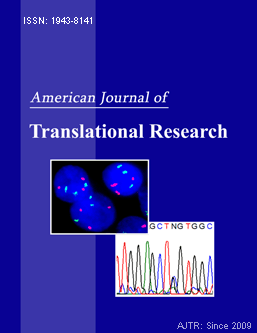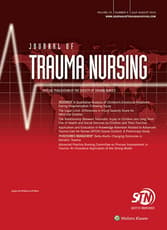
“N-arachidonoyl dopamine (NADA) is a member of the family of endocannabinoids to which several other N-acyldopamines belong as well. Their activity is mediated through various targets that include cannabinoid receptors or transient receptor potential vanilloid (TRPV)1. Synthesis and degradation of NADA are not yet fully understood. Nonetheless, there is evidence that NADA plays an important role in nociception and inflammation in the central and peripheral nervous system. The TRPV1 receptor, for which NADA is a potent agonist, was shown to be an endogenous transducer of noxious heat. Moreover, it has been demonstrated that NADA exerts protective and antioxidative properties in microglial cell cultures, cortical neurons, and organotypical hippocampal slice cultures. NADA is present in very low concentrations in the brain and is seemingly not involved in activation of the classical pathways. We believe that treatment with exogenous NADA during and after injury might be beneficial. This review summarizes the recent findings on biochemical properties of NADA and other N-acyldopamines and their role in physiological and pathological processes. These findings provide strong evidence that NADA is an effective agent to manage neuroinflammatory diseases or pain and can be useful in designing novel therapeutic strategies.”









